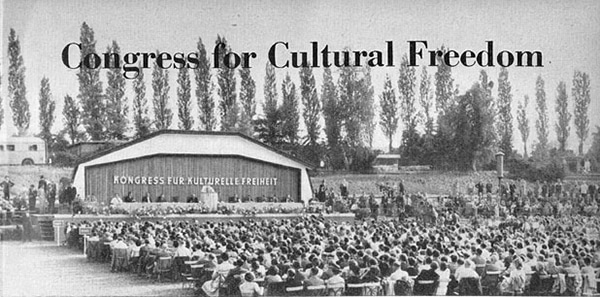As both a classically trained musician and an audiophile, the 1950s and 1960s was something of a golden age of recorded music.
It was at this time that some of the most remarkable conductors of the 20th century were invited to make recordings on new stereophonic technology, whose sonic qualities equal and in some cases surpass that available in the 21st century. Marketed to eager consumers in the west on super hi-fidelity reel-to-reel tapes or more commonly high quality stereophonic LPs, it was something of a renaissance for classical music listeners. Whilst nothing can equal the magnitude of a powerful live performance, some of the recordings of this era came very close.
It should be said that in the same era, in the Soviet Union, Melodiya Records were churning out masterful symphonic recordings as well, though most only became easily obtainable in the West, many decades later.
This was of course popular culture, and European and Russian classical music was as readily consumed as vocal music, pop and easy listening.
But behind the scenes, something more sinister was happening. Behind what seemed to be the perfect marriage between ageless and peerless music and new shiny stereophonic recording and listening equipment, there were dark forces at work which would ultimately destroy this renaissance. The dark forces in question were those of the CIA.
I have already written about how the CIA funded exhibitions of radical art, often from left-wing visual artists in the 1950s. It was around the same time they became involved in music.
I’d like to begin this tale not in America but in the Soviet Union, specifically in 1948 where the Soviet Communist Party’s ideologist Andrei Zhdanov issued a now infamous decree proscribing ‘formalism’ in the arts. In music, this meant that atonality, dissonance and anything thought to be driven by structure rather than meaning was considered to be counter-revolutionary and removed from the hearts and minds of the people.
Among those proscribed by Zhdanov were Prokofiev, Shostakovich and my favourite 20th century composer Aram Khachaturian. Zhdanov’s decree was effectively rescinded in 1953 and the composers, especially Khachaturian (who composed the anthem of Soviet Armenia) were re-embraced by Soviet society.
However, the spirit of the decree remained. Soviet music was supposed to be accessible to people without musical training in the same way that in the 18th and 19th century Beethoven was listened to and loved by people ranging from aristocracy to the illiterate (both musically and in terms of written language).
Put simply, it was an anti-elitist attitude towards the arts, in terms not only of distribution but also content.
The CIA had other ideas.
In order to make American culture appear freer and more open than the Soviet culture, in 1950 the CIA established the Congress for Cultural Freedom, an organization which would promote the most radical art of the western world, art so radical that most people in the West didn’t particularly care for it. One might cynically say it was more Operation Paganini than it was Operation Gladio.
Out were composers whose melodies everyone implicitly knows, and in came atonal music, dissonant music poly-rhythmic music.
I personally listen to all of it from Beethoven to Stockhausen, so I write this without fear or favor. But I must say, if one wants to attract a general audience, I should think Tchaikovsky’s 6th or Beethoven’s 9th have wider appeal than Pierre Henry stabbing a tape recorder with a pencil (yes, it sounds more or less as you think it would do).
The CCF organized concerts throughout the world featuring the mostly atonal music of the so-called Second Viennese School including composers like Schoenberg, Berg, Webern and latterly Hindemith – in other words the composers whose records never sold much in the free market place compared with the likes of Rimsky-Korsakov, Mussorgsky, Beethoven, Schumann, Brahms and Mozart.
So the CIA, in promoting ‘the American way’, were actually promoting music that most people in America shunned. Instead most people actually preferred the accessible orchestral music promoted by the democratic Soviet ideal! You really couldn’t make this stuff up.
What happened along the way however is that those who came of age under the CCF grew up to be music teachers, academics, critics and music writers.
By the 1970s, there was an idea in the West, and particularly in America (it came much later to Western Europe and was a deeply divisive concept in West Germany) that if one liked Beethoven one was ‘old fashioned’, if one liked Tchaikovsky one was ‘simplistic’, and if – heaven forbid – one liked Khachaturian, one was ‘ill informed’.
Such an attitude takes away all the joy of music, something which ought to be a very individual experience.
So much for freedom of choice in the wild, wild, West.
The result is that many in the West have never got a chance to realize what classical music actually is. It is many things. Just as pop music ranges from the listenable and in my view brilliant Beatles to the turgid filth on today’s pop stations; so too does classical music range from the majesty of Bruckner and Tchaikovsky, to the often impenetrable sounds of Stockhausen or John Cage.
Not content just to ruin nations. The CIA have had their role in destroying culture, including Western culture…or was Beethoven a Putin agent after all?
Reprinted with permission from The Duran.


